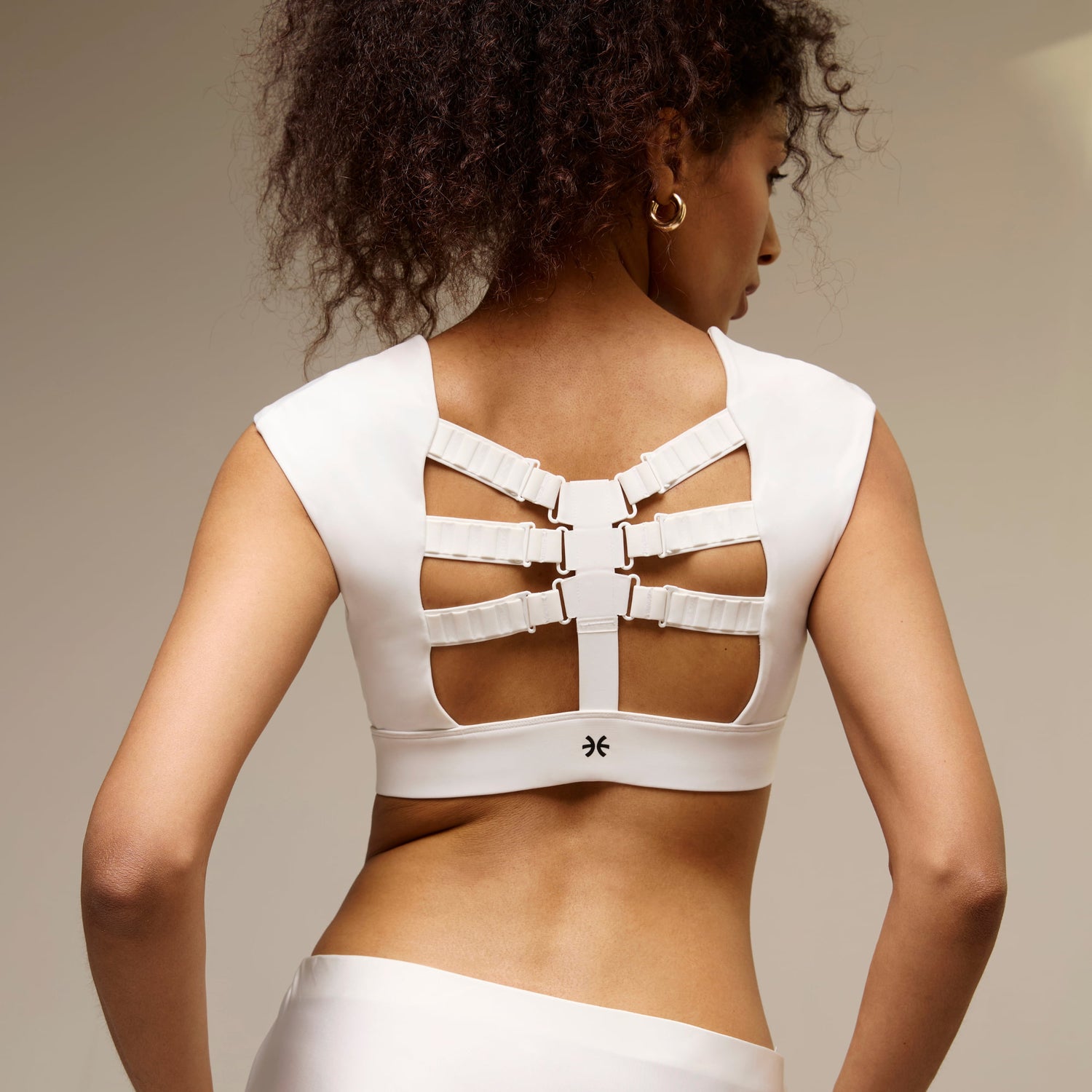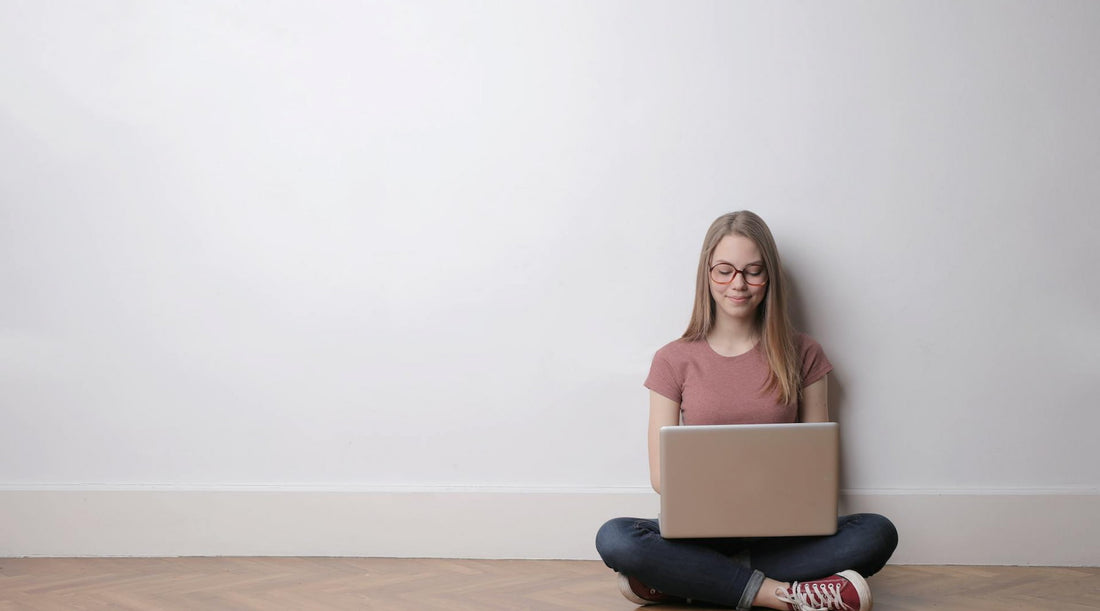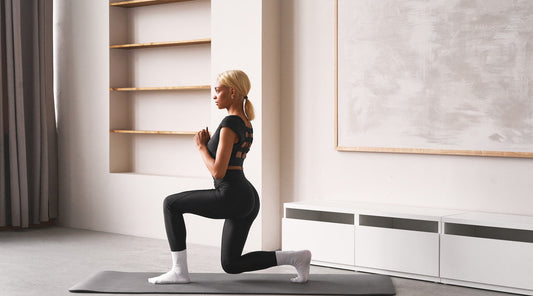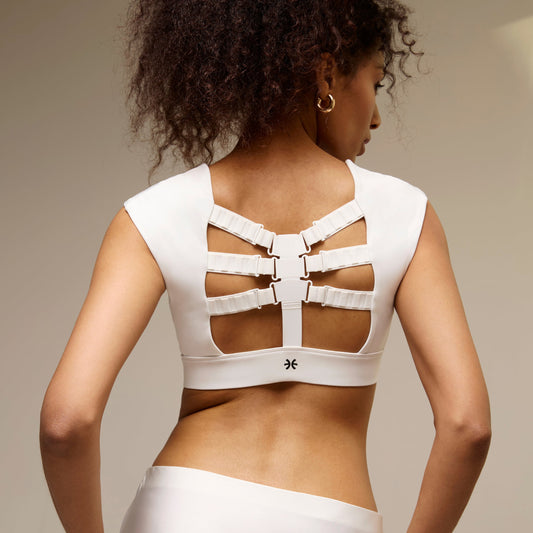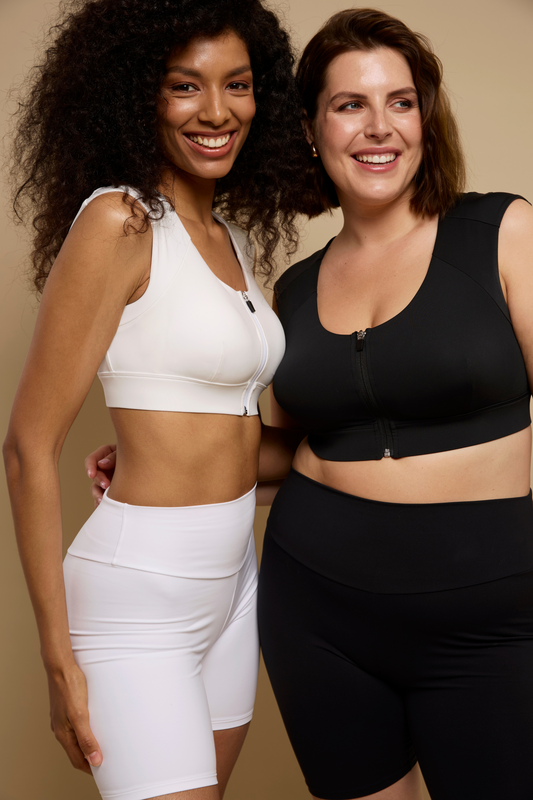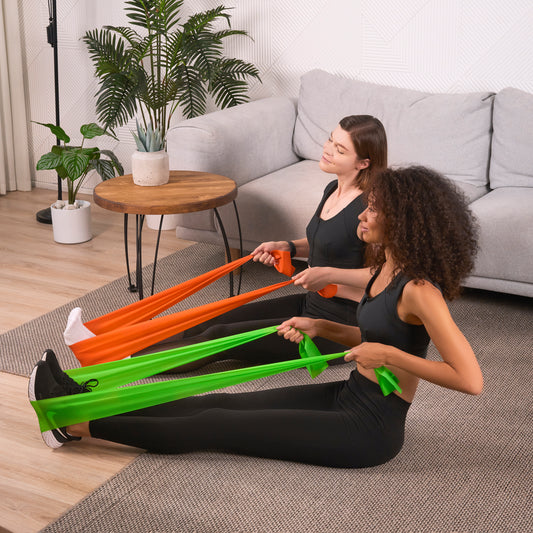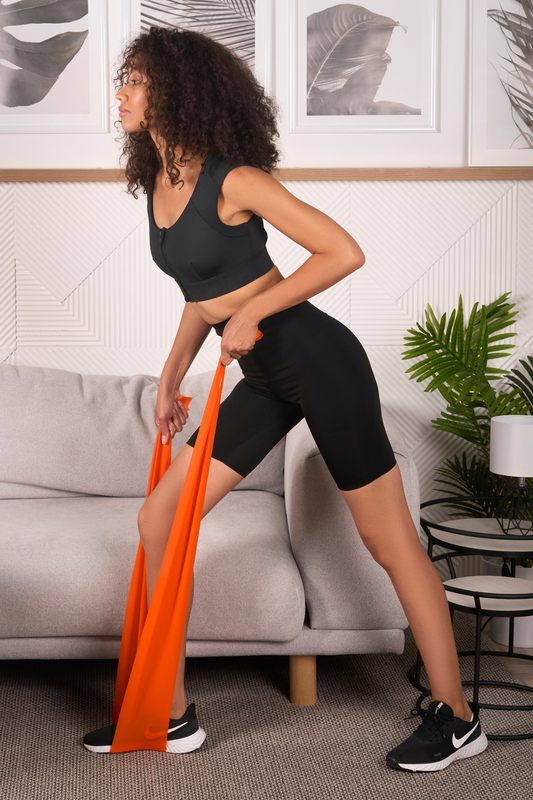Most of the day, many of us sit in chairs or couches. Indeed, if you read this, you can be in a floor sitting position. It can be expected for someone to eat or study on floor.
Sitting posture on the ground has its advantages; therefore, some people prefer to sit on the floor. The exercise enables you to stretch your lower body actively, increasing mobility and flexibility. However, incorrect floor sitting posture can lead to pain and discomfort.
Maintaining proper posture can be challenging. A posture correcting bra was developed to assist people.
The Health and Posture Benefits of Sitting on the Floor
According to a study, your ability to stand up quickly from a seated position without the assistance of an arm is a good indicator of your lifetime mortality. This study also found that your chances of living a longer life are higher the higher your test score. We aim to determine all the health benefits of sitting on the floor.
There are many theories on this, but your correct sitting ground game is a major longevity factor. Theories range from reduced risk of injury from falls to lower rates of arthritis and other diseases in a mobile person.
Key Health Benefits of Sitting on the Floor
Regarding human performance, short daily stints of proper sitting posture on the floor and even standing up involve built-in mobilization of the hip and leg tissues.
There are several key benefits of sitting on the floor, such as:
- Enhanced range of motion in the lower back, knees, and hips.
- Improved posture in general and spinal alignment.
- More resilient and involved core.
- Avoiding joint degeneration and increased mobility.

Enhanced Digestive Health
The ancient Indian medical system states that eating in Sukhasana yoga posture to sit on the floor (criss-cross applesauce) can aid in better digestion. You have to bend forward to take a bite while eating in this posture, and as you chew, you will automatically sag back
This gentle rocking motion helps speed digestion by contracting the muscles in the stomach and other core areas, which stimulates the production of more gastric juices.
Improved Circulation and Flexibility
Since getting into and out of various sitting styles on floor requires more strength and energy, it keeps you more active.
Strength, flexibility, posture, and mobility are all improved by using these muscles, especially in those who wouldn't normally use them because of their age or lack of exercise.
Benefits of Floor Sitting for Muscular and Postural Health
Sitting on the floor automatically corrects your posture, though this may be due to the added strain on your back. Moreover, Etalon posture correcting bra plays an integral part in proper posture correction.
Good posture while sitting not only develops the muscles of the back and shoulders but also strengthens the core, which may help reduce back pain.
What are the best ways to sit on the floor?
Here are some sitting positions to try if you'd rather be on the floor. Finding the healthiest way that suits you best may take some time.
Kneeling
Take a standing position. Put one foot in front of you. Put more weight on your front leg. Maintain your toes on the floor and your ankle flexed, and slowly lower your back knee to the floor. Stack your shoulders on top of your hips.
Bring your front knee down to the ground. Spread your knees shoulder-width apart. Put your heels on your buttocks to rest. One by one, you can plant the tips of your ankles on the ground. Your foot soles will support your buttocks.
Cross-legged
Seated cross-legged is another most comfortable way to sit on the floor.
Position yourself on the ground. Your knees should be bent outward on both sides. Put a foot beneath the knee of the other person. Instead of landing on your feet, shift your weight to your hips. Stack your stomach on top of your hips. Sitting on the edge of a folded blanket will relieve pressure on your hips.
Bent sit
Try the bent sit if you are experiencing knee or ankle pain. Take a seat on the ground. As you place your feet on the ground, bend both knees. Put your feet farther apart than they are wide. You can avoid rounding your back by adopting a wider stance. Maintain your abdomen over your hips.
Side sit
Begin sitting with your back to the chair. Lower both of your knees to the ground. Place your right foot bottom up against your left thigh. Keeping both hips on the floor can help maintain a neutral spine. Proceed in the other direction and repeat.
Long sit
To adopt another one of the best postures for sitting on the floor:
Position yourself on the ground. Make a straight leg extension. Point your toes upward as you flex them. Maintain your abdomen over your hips. To prevent rounding your back, sit on the edge of a folded blanket.
Squatting
Place your feet hip-width apart while standing. With your feet planted on the ground, slowly bring your buttocks down until they are barely above the ground. Maintain an upright posture with your shoulders and chest.
When it’s Appropriate to Sit on the Floor?
Certain types of activities lend themselves to sitting on the floor, like watching TV, playing card games, reading a book, or even eating dinner. But you can only do it during work if you draw strange looks from your colleagues.
Eating from the ground up may seem strange at first. Dirt or general uncleanliness might be causing you concern.
Returning to floor seating might take a lot of work. You have nothing to lean against, but you will because your body isn't used to sitting on a hard surface. As your body's weight is placed on your muscles, they may start to hurt. However, with regular practice, you'll be able to sit for longer periods of time and in great comfort.
Cultural Significance of Floor Sitting
Seiza, which means kneeling with the feet tucked under the body and the buttocks resting on the heels, is a traditional Japanese sitting position. This posture encourages an upright and aligned spine by using the core muscles and evenly distributing body weight.
Instead of traditional seated positions, floor sitting techniques such as Seiza provide a special and advantageous experience. By adding Seiza to your routine, you can benefit from stronger muscles, better posture, increased flexibility, and a better mind-body connection.
Conclusion
If you sit on the floor instead of a chair, more of your body will move for longer periods. Your bones must work harder to maintain their density when standing and sitting on the floor.
When you support your own body (as opposed to having a chair back do it for you), your core muscles are activated, which helps maintain your functional strength.
Furthermore, standing up off the ground without the aid of hands or knees is a sign of longevity. The likelihood of dying from any cause increases with the amount of time you spend using your hands, knees, or a wall to help you stand up.
Photo by Andrea Piacquadio on Pexels
FAQs
What is the most comfortable way to sit on the floor?
Are there any disadvantages of sitting on the floor for long periods?
How does the correct sitting posture on the floor impact spine health?
What are the best floor sitting positions for someone with lower back pain?
How often should I change my sitting position on the floor to avoid discomfort?
Trending
Try Etalon posture improvement products
